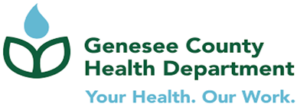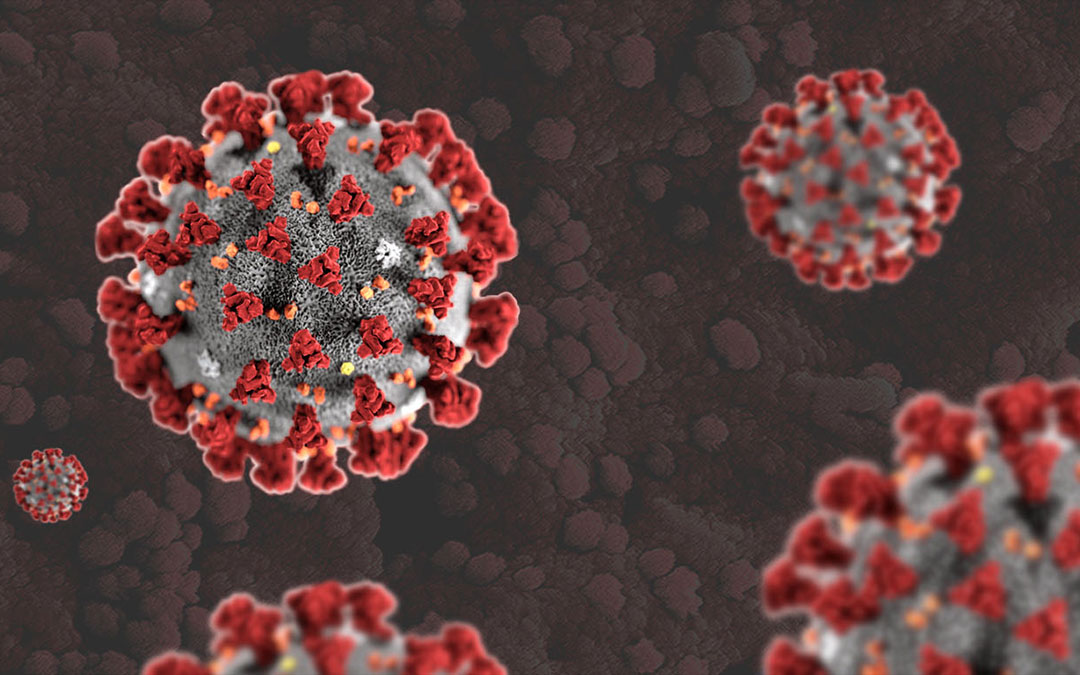 Quarantine
Quarantine
Stay home for 14 days following your last contact with a person positive for COVID-19.
Who needs to quarantine?
People who have been in close contact with someone with COVID-19 — excluding those who have had COVID-19 within the past 3 months.
What is close contact?
- You were within 6 feet of someone who has COVID-19 for a cumulative 15 minutes in one day
- You were in an enclosed space with a person who has tested positive or has symptoms for a prolonged period of time (e.g. church service, movie theater, etc.)
- You provided care at home to someone who is sick with COVID-19
- You had direct physical contact with the person
- You shared eating or drinking utensils
- They sneezed, coughed, or somehow got respiratory droplets on you
What should you do?
- Stay home: avoid all contact with others unless seeking medical care
- Maintain physical distance of at least 6 feet from others
- Wear a mask around others
- Take your temperature two times daily:
- Must be at least 30 minutes after eating, drinking, or exercising
- Wait 6 hours after taking fever-reducing medications
- Clean thermometer with soap and water after each use
- Monitor yourself for symptoms, get tested if you begin experiencing:
- Any ONE of the following symptoms:
- Fever (Temp. > 100.4°F)
- New or worsening cough
- New loss of taste or smell
- Shortness of breath
- -OR- any TWO of the following symptoms:
- Chills/sweating
- Sore throat
- Muscle pain/body aches
- New onset of severe headache
- Diarrhea, vomiting, abdominal pain
- Congestion or runny nose
- Any ONE of the following symptoms:
- Consider getting tested during your quarantine period, whether or not you have symptoms:
- Wait 5 – 7 days after your initial exposure before getting tested to avoid a false negative result.
- YOU CANNOT TEST OUT OF QUARANTINE
- If you receive a negative test, you must remain in quarantine for a full 14 days
- If you receive a positive test, you should now isolate (follow isolation guidance below)
Isolation
Who needs to isolate?
People who have symptoms of COVID-19 or have tested positive for COVID19 that are not sick enough to require hospitalization.
What symptoms should you look for?
- Any ONE of the following:
- Fever (Temp. > 100.4°F)
- New or worsening cough
- New loss of taste or smell
- Shortness of breath
- Any TWO of the following:
- Chills/sweating
- Sore throat
- Muscle pain/body aches
- New onset of severe headache
- Diarrhea, vomiting, abdominal pain
- Congestion or runny nose
What should you do?
- Stay home and away from others – except when in need of medical care
- Monitor your symptoms – seek emergency care immediately if you are experiencing emergency warning signs
- Stay in a separate room from other household members and use a separate bathroom, if possible
- Avoid contact with other members of the household and pets
- Do not share personal household items (towels, cups, utensils, etc.)
- Wear a mask when around other people, including other members of your household
If you develop emergency warning signs for COVID-19, get medical attention immediately. These signs may include*:
- Trouble breathing
- Pain or pressure in your chest
- Confusion or inability to arouse
- Bluish lips or face
* Consult a healthcare provider about any other symptoms that are concerning or severe.
If your symptoms progress, contact a health care provider. IF AN EMERGENCY, CALL 911.
DO NOT discontinue isolation until:
- At least 10 days have passed since your symptoms first appeared or you received your positive test results, AND
- At least 24 hours have passed without fever, without the use of fever-reducing medications (Tylenol, Motrin, etc.), AND
- Your symptoms have improved
For more information visit our website at gchd.us/coronavirus and follow us on Facebook! Last updated: 11/19/2020






